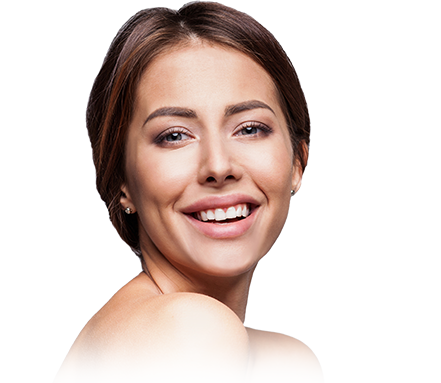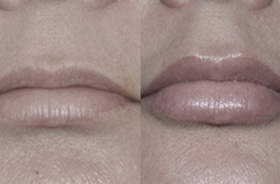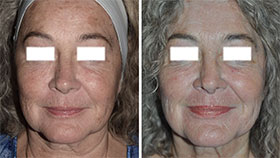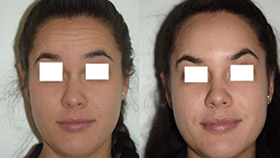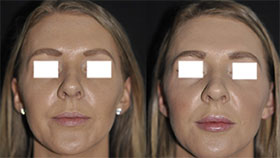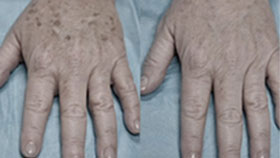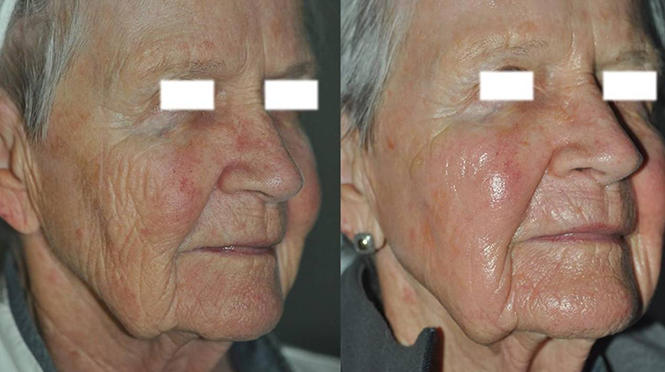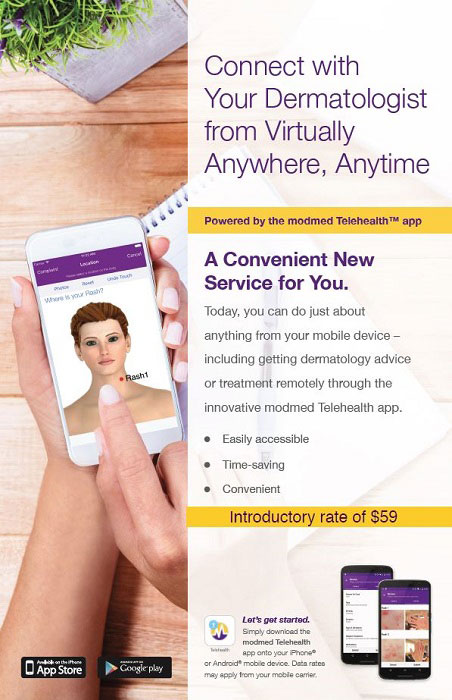A Look at Sunscreens
Sunscreens are an essential tool in the prevention of sunburn, skin cancer, and aging changes of the skin. Sunscreens protect against the harmful UVB and UVA wavelengths of ultraviolet light. UVB is a shorter wavelength that penetrates the epidermis and is the primary cause of sunburn. UVA is a longer wavelength that penetrates deeper into the dermis, promoting wrinkling, premature aging, and brown spots. Both can contribute to the development of skin cancer. Florida’s Skin Wellness Physicians presents this look at how sunscreens work, just in time for warmer spring and summer days to come.
The effectiveness of a sunscreen is rated by the SPF or sun protection factor, which measures its ability to block UVB rays. The higher the SPF, the better it blocks UVB—but the added protection begins to plateau after SPF 30. For example, SPF 15 blocks 93% of the sun’s UVB rays, SPF 30 blocks 97%, and SPF 45 blocks 98%. Although the SPF rating does not specifically apply to the degree of UVA protection, products labelled as “broad-spectrum” or “UVA/UVB” will also provide coverage across the UVA spectrum.
Sunscreen ingredients can be divided into two categories: chemical or mineral. Chemical sunscreens absorb the sun’s rays before they penetrate the skin. Chemical filters such as homosalate, octocrylene, octisalate, and octinoxate provide protection against UVB rays, but not UVA. Avobenzone is the most widely available chemical sunscreen that protects against UVA in the United States. It is often combined with UVB filters to provide broad-spectrum coverage.
The mineral or physical blockers zinc oxide and titanium dioxide primarily absorb but also reflect ultraviolet light. Mineral sunscreens provide excellent sun protection for both UVA and UVB rays. Mineral blockers tend to be less irritating than chemical sunscreens, so they may be better tolerated by children and those with sensitive skin. They are also a good choice for people who experience stinging from sunscreens applied near the eyes. Zinc oxide and titanium dioxide have the potential to leave a white film, but micronized formulations reduce the particle size to create a more transparent, cosmetically acceptable appearance.
Other factors play an important role in sunscreen choice. Lighter lotions designated as non-comedogenic are less likely to promote acne breakouts. Tinted sunscreens may help prevent facial pigmentation. Tinted products contain iron oxides that block light in the visible range. Visible light has been shown to promote brown spots and melasma, particularly in darker skin types. Water-resistant products can provide sun protection up to 80 minutes when swimming or sweating.
To optimize sun protection, our dermatologists advise:
- Choosing a broad-spectrum sunscreen with SPF 30 or higher.
- Applying liberally and reapplying every few hours or even sooner after swimming.
- Remembering to protect your lips with a balm such as EltaMD ™ UV Lip Balm SPF 36.
- Avoiding sun exposure altogether during peak hours of the day and considering sun protective clothing, including hats, long-sleeved shirts, and sunglasses.
- Keeping infants less than 6 months old out of the sun or covered up with clothing.
Consider EltaMD ™ sunscreens, which contain transparent zinc oxide for broad-spectrum UVA/UVB protection and have a variety of products that are non-comedogenic, tinted or water resistant.
For more information on sunscreens, contact Skin Wellness Physicians by calling (239) 732-0044 or scheduling a visit online.

